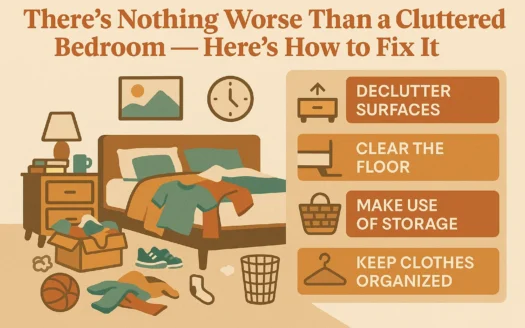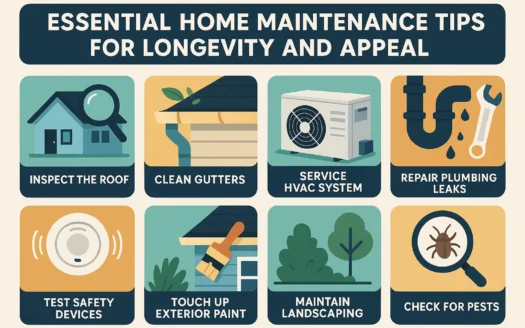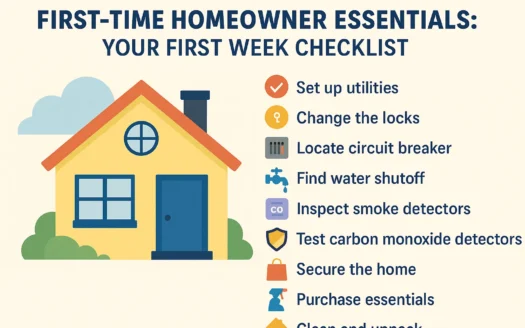Downsizing Simplified: A Guide to Moving into a Smaller Home

Maybe You Are Moving to a Place Where Real Estate Is More Expensive…
Whether it’s due to rising real estate costs, a preference for a neighborhood with smaller homes, or a desire to simplify after your kids move out, downsizing can feel overwhelming. Letting go of belongings and adjusting to a condo or townhome requires tough decisions—but the benefits are worth it! A smaller home means easier maintenance, lower utility bills, and the freedom that comes with decluttering. Below, we break down key questions to ask yourself and outline a step-by-step process to streamline your downsizing journey.
What to Ask Yourself When Downsizing a Home
While sorting through your belongings, some choices will be straightforward (goodbye, extra ironing board!), while others will require deeper reflection. For those “maybe” items, ask yourself:
- Have I Used This in the Last Year?
If not, it’s likely time to part ways—unless it’s a seasonal or specialty item used infrequently (e.g., ski gear for annual trips). - Does It Spark Joy?
Inspired by Marie Kondo’s philosophy: if an item isn’t useful and doesn’t bring happiness, let it go. - If This Was Lost or Broken, Would I Replace It?
If the answer is no, consider donating, selling, or recycling it.
Assess Your New Space
Before deciding what to keep, measure your new home’s dimensions—including vertical storage and hidden spaces like closets or under-bed areas. As organizing expert Molli Spear advises:
“Start simple by calculating the total space of your new home. Include every nook: basement storage, attic space, bathroom cabinets, and even shelving in utility closets.”
Maximize storage with creative solutions like wall-mounted shelves, ottomans with hidden compartments, or under-bed bins. Also, consider room functionality: if downsizing from three bedrooms to two, you may need to eliminate a bed, but a third bedroom could double as a home office.
Make a Plan
Categorize items into four groups:
- Keep: Essentials for daily life and irreplaceable sentimental items.
- Get Rid Of: Split into “sell,” “donate,” or “discard/recycle.”
- Store: Seasonal or rarely used items (if storage space is available).
- Replace: Items that no longer fit your lifestyle but may need upgrading later.
Pro Tip: Start Big
Begin with furniture. Determine which large pieces fit in your new space, then build your plan around them.
Tackle Storage Items Early
Sort through attics, garages, or storage units first. These items are often easier to part with than daily-use belongings.
Save Sentimental Items for Last
Sentimental objects require emotional energy. Ask yourself if they truly “spark joy” or if they carry unresolved feelings. Let go of anything that weighs you down.
Move Swiftly Until You Get the Job Done
Set daily goals and stick to them. Use platforms like Facebook Marketplace, OfferUp, or donation services (e.g., Vietnam Veterans of America) to quickly clear out unwanted items. Delaying decisions can lead to burnout.
Get Help If You Need It
Enlist a detail-oriented friend or hire a professional organizer. KonMari consultants or local “downsizing specialists” can provide structure and motivation.
“Organizing the home is 1% buying boxes and bins and putting stuff away, 99% motivation.”
With a clear plan and the right mindset, downsizing can be a liberating step toward a simpler, more intentional lifestyle. Happy moving!




